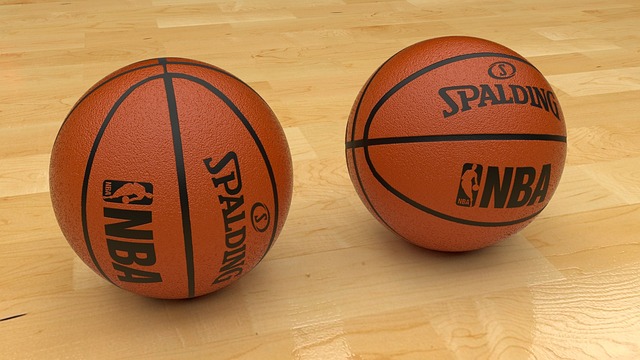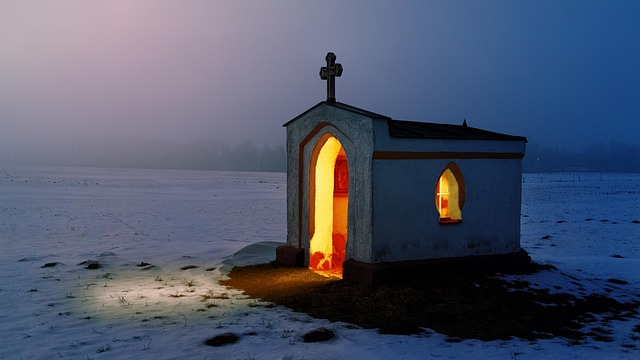Light Up Your YouTube Channel: A Guide to Optimal Lighting for Photography and Video
When you think about launching or enhancing your YouTube channel, one of the most important elements to consider is lighting. Proper lighting can significantly elevate the quality of your content, ensuring that your audience engages with your videos effectively. Whether you’re shooting a makeup tutorial, a cooking show, or a vlogging series, lighting can make or break your visual appeal.
Photography and videography are both art forms reliant on how light interacts with your subjects. Understanding the fundamentals of lighting in relation to your camera’s optics can transform your content. Let’s dive into some optimal lighting techniques you can implement right away!
The Power of Natural Light
Natural light is often the best choice for filming videos, especially indoors. Filming close to windows during the day can provide a soft, flattering glow to your images. However, keep an eye on the weather and time of day; overcast days can yield diffuse light, while direct sunlight may cast harsh shadows. Experiment with different angles until you find a setup that highlights your subject without overwhelming it.
Essential Equipment: Softboxes and LED Lights
Investing in softboxes or LED lights can drastically improve your lighting situation. Softboxes diffuse light, minimizing harsh shadows and providing even illumination, which is especially crucial for close-up shots. On the other hand, portable LED lights are fantastic for adjusting the mood and color temperature of your projects. With various brightness settings, they can easily adapt to different environments and help you maintain consistency across your YouTube videos.
The 3-Point Lighting Technique
For those serious about video production, consider the 3-point lighting technique: key light, fill light, and backlight. The key light is your primary light source, directed at your subject. The fill light softens shadows created by your key light, which means you won’t lose important details. Finally, the backlight adds depth by illuminating the background and creating a sense of separation between your subject and the backdrop. Mastering this approach can take your YouTube channel from amateur to professional in no time!
Understanding Color Temperature
Light bulbs emit different hues, measured in Kelvin (K), which affects the overall look of your videos. The most common ranges include warm (around 2700K), cool (about 5000K), and daylight (5500K – 6500K). Take the time to adjust your settings on your camera to ensure that the colors remain true to life in your footage. Color temperature plays a significant role in setting the mood for your content, so pay careful attention to how different temperatures might affect the subject you’re filming.
Creating a Consistent Look
When you have a setup you love, it’s essential to replicate it consistently across your videos. If you’re filming different types of content or in varying locations, ensure that you pay close attention to how the lighting changes. Keeping a journal or digital log with details on your lighting setups, camera settings, and even the time of day you filmed can aid in achieving a cohesive look across your channel.
Ultimately, the key to successful YouTube content lies in how well you can capture and manipulate light. By investing the time to learn about optics and lighting techniques, you’re paving the way for your videos to resonate more profoundly with your audience. Whether you use natural light, artificial sources, or a combination of both, your commitment to mastering lighting will surely shine through every frame of your content.




